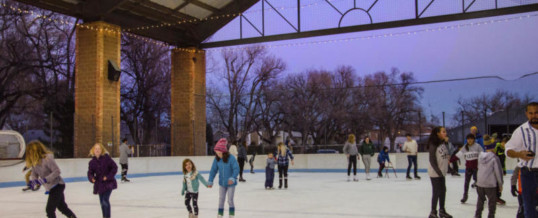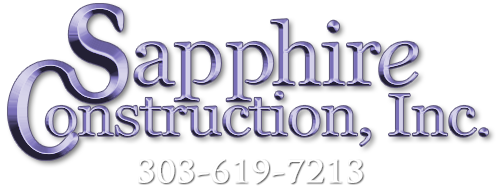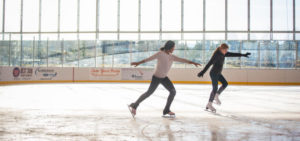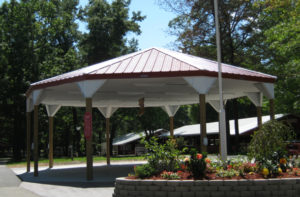
Ice Skating Rinks Built in Open or Enclosed Pole Buildings
‘Tis the season to pull out your ice skates. Do you want an ice-skating rink? Both open pole barns and enclosed pole buildings would accommodate any up-and-coming Olympian. Why not get fresh air all year using the recreation and sport of gliding across an ice surface on skates. Keep reading to see how it all started.
Figure skating involves performing jumps, spins, and ice dancing puts the skills together with dance movements. People who love racing go for the speed skating and short-track speed skating and ice hockey fields teams carrying sticks.
Big Open Pole Buildings
Pole buildings give you that wide open space, even space to add bleachers. A neighborhood hockey practice or figure skating lessons could catapult ice skating into a community activity. Design it as long and wide as you need to. The architecture accommodates any length, so your building could be partitioned for differing activities. Design a professional ice rink or build a pavilion in the back yard. Either way, you will need to thoughtfully plan for your activity zone. A versatile roller rink/ice-skating rink combo would be popular in a corner of the park. If you have a couple of acres and your subdivision allows for outbuildings, a small post frame building that will supply enough space for your own family and friends. The roof protects the ice and any plastic or concrete foundation would enhance your smooth gliding.
Ice Skating – Then and Now
How did these ice-skating sports get started? Historians presume ice skating developed in Scandinavia 3,000 years ago. The creative folk used elk shank or rib bones for blades. Oxen, reindeer, and other animals contributed bones as well. By and by the Dutch created metal blades attached to a wooden footplate. Then, they used straps to fix the apparatus to the foot.
Skating clubs appeared in the 18th and 19th centuries, supplying entertainment and sport for the communities. The Glaciarium in London circa 1876 artificially froze the ice, followed shortly thereafter with the rink in Madison Square Garden in New York City in 1879. Artificial ice led to a burst of interest in ice skating. In the 20th century, we started seeing the teeth at the front of the blades along with a steel toed blade. So, cobblers took the next step and incorporated the blade into a full boot. And this style continues into the 21st century!
Start with a Plan
You’ll need a plan to get started. Scope out the land. Do you have a flat area? Can you map out boundaries? Will you be laying out a tarp -like surface? Or will a cement floor be best for your situation? An ice rink chiller could go a long towards extending the weeks of figure skating and hockey. You can start with a simple pole barn pavilion or use the pole building concept to doll it up.
Get going now and you’ll be skating in your winter wonderland before the daffodils appear. Or go big and illustrious. Build an award-winning ice-skating rink and get an early start on next year’s cold
Colorado weather. Hit the competitive world with your hockey garb or twirl around to holiday music.
Colorado Builders Specializing in Outbuildings
For information about Hobby Buildings, contact Sapphire Construction, Inc. at (303) 619-7213. Our team custom designs each building using high-quality, engineer-tested materials from Lester Buildings.
DEC
2022



About the Author:
Allen Randa is a second generation Master Carpenter and Owner of Sapphire Construction Inc. Allen personally manages each project from beginning to end. That includes the first meeting, the estimate, the contract and architectural designs.